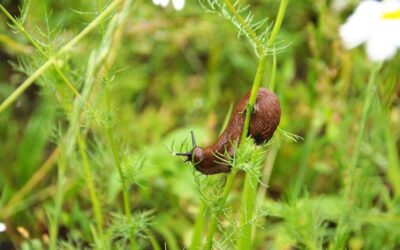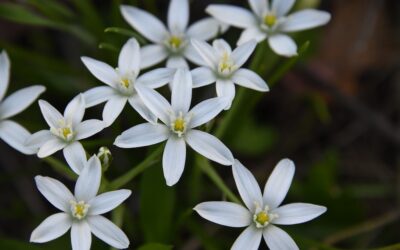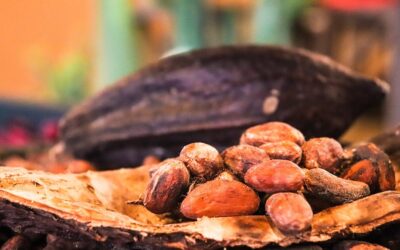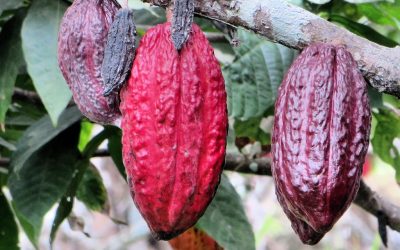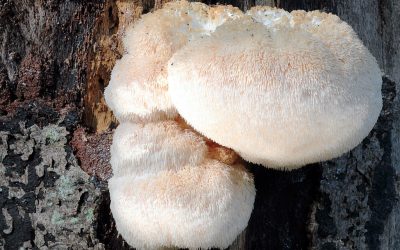Nature Notes

Happy Beltane!
Happy Beltane!
On May 1, we celebrate Beltane, the festival of spring.
Mother Earth is donning her lushest gown of flowers and blossoms, and birds are singing from the trees. The heart rejoices, and the spirit soars!
Beltane is the season of blossoming fertility, joy, abundance and creativity. We celebrate the sheer miracle of life in all its beauty.
The God and the Goddess embody the undying force of life, and they are in love. Nature mirrors their bliss. Their dance turns the land green and lush with every step. Every fragrant flower is a kiss and a blessing, a sign of their adoration.
We are invited to join them and share in their passion. Let’s celebrate life! Beauty, love, and merry-making are our rituals, and the energy is tangible.
Gardeners witness and partake in this magic as they nurture young seedlings. But even if you don’t have a garden, you can still participate – just tend to your inner garden! Pour energy into your budding projects, and you will experience a similar phenomenon – the magic of creativity.
The secret ingredient of manifestation is the love and nurture with which we tend to our seed ideas.
Take the time to reflect on Mother Nature’s generosity, and practice gratitude and mindfulness to attune to every nuance of this blessed season.
Photo credit: Image by Ronny Overhate from Pixabay
Are you interested in Astrology?
We are living in turbulent times. If you have ever wondered what is going on with the planets these days, check out Astro-Insights.com for current astrology updates and planetary insights. or contact info@astro-insights.com for a personal astrological counseling session.
Current issue
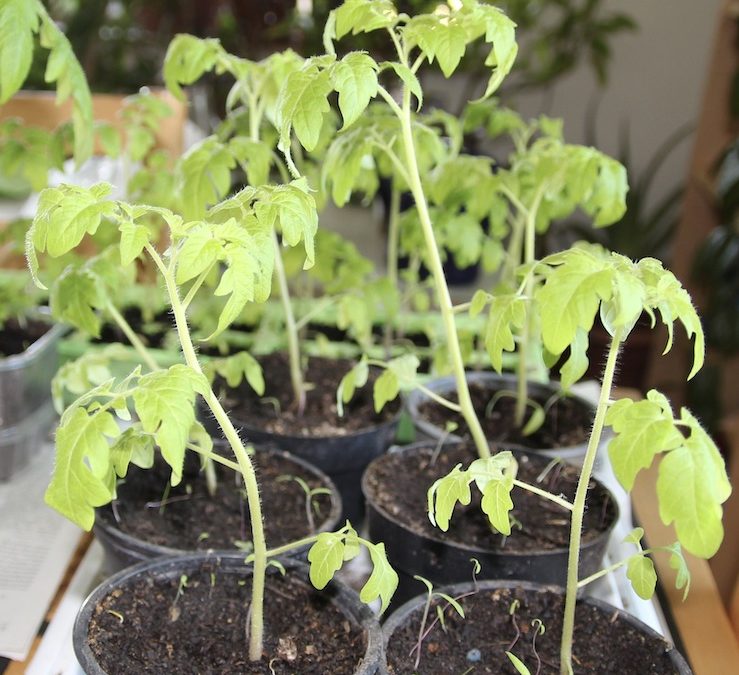
Gardening Jobs in May
Gardening Jobs in May
What gardening jobs are there to do in May? Where I live, April has been unusually cool and wet. I didn’t get all my April jobs done, and my ‘gardening jobs agenda’ for May is rather full. The wheel of the year is turning, and the garden does not wait.
Potatoes
If you planted all your potatoes in April, they are probably developing their first leaves by now. It’s time to earth them up now. Cover the leaves with soil, and only let the tops peek out. Repeat this process regularly as the plants grow and develop.
Sweet Corn
If you are planting sweet corn, you can now sow them in deep pots indoors. That will give them a head-start. Transplant them to a sunny spot in June.
Beans
Once there is no more risk of late frosts, you can sow all kinds of beans outside (runner, broad, dwarf). They like a sunny spot, but not too hot. Protect them from the slugs and snails—young bean shoots are their favourite snack. If slugs are a big problem, start the plants in seed trays and transplant them only once they are strong enough to withstand a slug attack.
Warmth-loving plants: Tomatoes, Peppers, Courgettes, Aubergines
Your tomato, aubergine and pepper plants are probably growing fast now. There comes a point when they seem to yell, ‘Get me out of here and plant me into the garden!’ Resist the temptation unless there is no more danger of late frosts in your growing zone. But, to appease them, you can harden them off. Take them outside during the day, but bring them back in at night until night temperatures are reliably around 10 °C.
You can also still sow cucumbers and melons—but keep them warm and protected for now.
Salad Veg and Greens
Sow batches of salad vegetables like radishes, lettuce, Swiss chard and Arugula/Rocket, to ensure a continuous supply.
Root crops
You can still sow root crops such as carrots, beetroots, leeks and turnips.
Winter Veg
Sow Leeks and brassicas for overwintering. It is best to start them off indoors to protect them from slug- and insect attacks.
Kitchen Herbs
It is also the perfect time to sow warmth-loving herbs such as basil and coriander. Protect them against attacks from ravenous slugs.
Weeds
May is lush! Everything sprouts and grows – including the weeds. But no need to curse them – if you can’t beat them, eat them! Check your garden weeds to see if they are edible and could go into a ‘foraged’ dinner. Bishop’s Weed, Stinging Nettles, Ground Ivy, Wild Garlic and Dandelion are all excellent in the ‘wild food cuisines’.
Flowers
Sow annuals like Californian Poppies, or nasturtiums in any gaps in your borders for extra colour in the summer. The bees and insects will thank you.
Maintenance Jobs
There are always maintenance jobs that need to be taken care of:
- If you have a pond, check for pondweed and algae and clean it out if necessary.
- Build supports for climbing plants.
Keep bird feeders and birdbaths clean.
Happy Gardening!
Check out SeedsNow for your organic gardening supplies.
#Ads
Disclosure: To support the website, I receive a small commission from qualifying purchases readers like you make on the affiliate site(s) linked to in this article, without any extra cost to you.
Plant Profile:
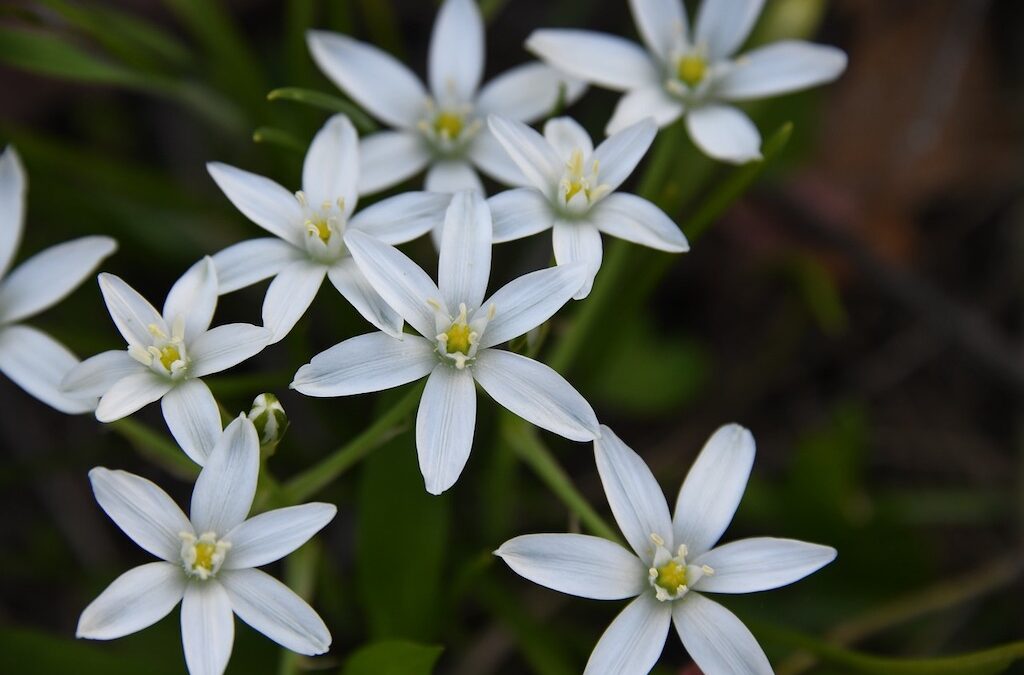
Star of Bethlehem
Plant Profile: Star of Bethlehem (Ornithogalum umbellatum)
Family: Liliacae /allium family
I recently took up nature journaling, and when I sat in the garden looking for a suitable motif, I suddenly noticed a Star of Bethlehem growing at my feet. I had seen them in the vineyards many times, but hadn’t noticed them moving in with me.
Apart from giving them a friendly nod, I had never paid much attention to them. As far as I knew, they were not used for food or medicine; but hang on – didn’t Dr Bach revere this little flower and give it a prime spot as part of his Rescue Remedy formula?
I decided to take a closer look and dropped to my knees to study it in detail. I was immediately smitten by the Star’s sublime beauty and unusual features.
What is the Star of Bethlehem?
Star of Bethlehem is a small perennial bulbous plant of the Lily family (Asparagaceae). Its leaves die back even as it begins to flower. After flowering, its energy retreats into the underground bulb. During the ‘dormant’ period, it produces little bulbils that send up their own narrow leaves early in the following spring. The Star of Bethlehem is thermoperiodic, meaning that it needs to go through a period of low temperatures before it begins to flower.
The pretty, star-like flowers appear between April and June. The white petals have a green stripe on the underside that is only visible when the flower is closed. It looks as if the petal has fused with the sepal. But in fact, botanical descriptions of the plant say that the flower is composed of three identical sepals and petals, displayed in a single whorl. It is impossible to tell the difference, so botanists call them tepals. In the centre of the flower is a little crown of what looks like six white petals tipped by the pollen-bearing anthers. They enclose what looks like a little six-pointed star, from which the pistil protrudes.
Where does Star of Bethlehem grow?
You can find Star of Bethlehem growing in many places throughout Europe and North Africa. It arrived in the United States as a garden plant, which has naturalized to such an extent that the USDA now considers it a pesky weed.
Where did the name ‘Star of Bethlehem’ come from?
The origin of the name is attributed to various stories. The most obvious explanation is its widespread distribution in the Middle East and the Mediterranean Basin. Pilgrims on their way to Jerusalem carried the dried bulbs as food. (But fresh bulbs are reported as poisonous to cattle.) Another myth claims that the flower sprung from fragments of the Star of Bethlehem.
Is Star of Bethlehem known by any other names?
Indeed, it is, but none as charming. Star of Bethlehem is also known as Sleepy Dick, Nap-at-Noon, and even ‘Dove Dung’.
Nap-at-Noon alludes to the flower’s habit of ‘going to sleep’ in the afternoon and on cloudy days. The name ‘Dove Dung’ seems a bit insulting, apparently implying that the white ‘splash’ of the Star resembles bird doo-doo. It doesn’t, and in fact, it is not a reference to the supposed likeness. Instead, the name is a literal translation of the Latin name Ornithogalum, which means ‘bird’s milk’, a common euphemism for avian excrement. The species name ‘umbellatum’ refers to the umbel-like flower.
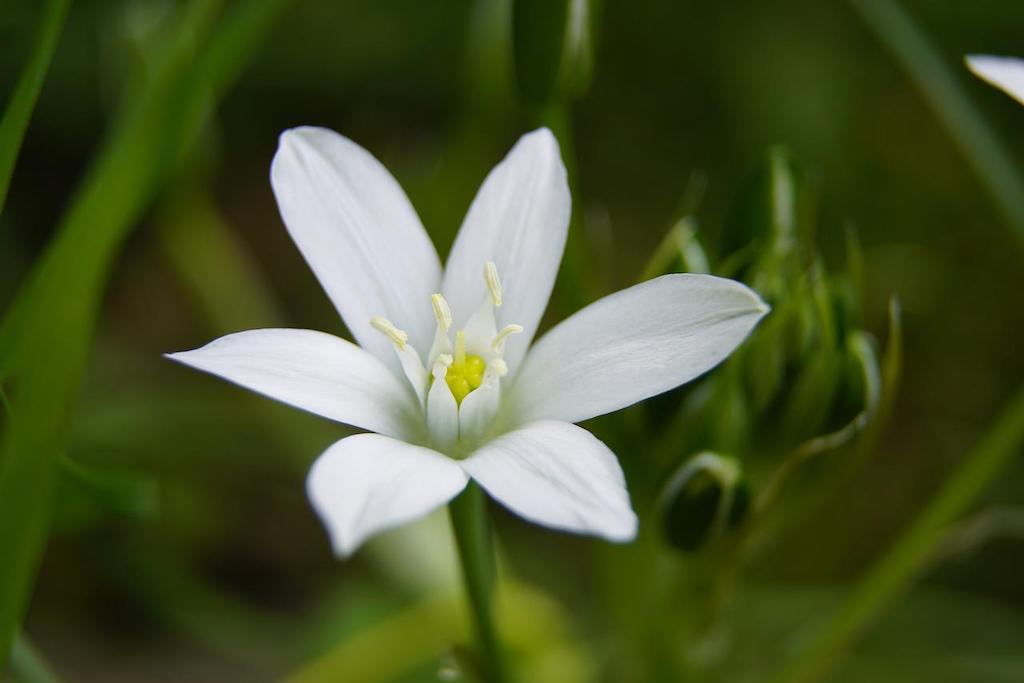
History
Gerard describes it as a type of wild onion and quotes Dioscurides, who mentioned that the bulbs are edible. Both the bulbs and the green parts are sold at markets in Turkey (Central, Bulancak) (1). Yet, they are also many sources that claim it is poisonous. So, what is the scoop?
Is Star of Bethlehem poisonous?
Biochemical research confirms that Star of Bethlehem contains cardioactive glycosides that are potentially toxic. But further investigation showed, that they do not survive being subjected to digestive juices, which would explain the controversy. An early study published by Arthur Vogelsang in 1961 notes that the effect of Star of Bethlehem is quite different depending on whether it is taken orally or injected. To test his hypothesis and confirm that the coating prevents the breakdown of the cardio-active compounds in the stomach. He compared Star of Bethlehem with Digitoxin and observed that its extract slowed the heart rate to a lesser degree than digitoxin while increasing the strength of the cardiac contraction and the excretion of body fluid. Star of Bethlehem also caused less nausea. Overall, Star of Bethlehem is a gentle yet highly effective heart drug that can be given to reduce blood pressure, strengthen the pulse and increase the discharge of excess fluid. It is particularly helpful for patients that do not tolerate digitoxin well.
Note of Caution:
The specific growing conditions, such as exposure to sunlight, water and soil type, change Star of Bethlehem’s chemical composition.
Is Star of Bethlehem used homeopathically?
In Homeopathy, the Star of Bethlehem is known by its Latin name, Ornithogalum umbellatum. It is used to treat persistent gastrointestinal problems, such as upper abdominal pain in the epigastric (central abdominal) region, pressure, malignant tumours of the digestive tract accompanied by depression, and feeling drained and exhausted. It is also indicated for patients suffering from a state of nervous exhaustion with high sensitivity to all types of stimuli.
What are the indications for Star of Bethlehem Bach Flower Remedy?
For Dr Bach, Star of Bethlehem was one of the most treasured flower remedies. He used it as a go-to Trauma remedy to buffer the effects of shock, such as unexpected bad news, the sudden loss of a loved one, an accident or other traumatic event. It can also help when facing the pain of past traumata (PTSD). It is one of the essential components of Rescue Remedy.
More articles:
Gardening Jobs for March
What gardening jobs are there to do in March? This is a quick guide to what to do and sow in the garden in March.
Gardening Jobs in February
Even as early as February, there are things you can do to kick off the gardening season and get a nice head start.
What is Foraging?
What is foraging, why do people forage, what are wild edible plants and what skills do foragers need to learn?
Slugs
Slugs may not be pretty or cute, but they do play their part in nature, and they are a lot more interesting than I ever thought!
Star of Bethlehem
The Star of Bethlehem is a small bulbous flower of the Lily family with many unusual features and interesting properties.
Foraging Daisy (Bellis perennis)
Daisies are among the most common spring herbs, but did you know they are edible? This article is about foraging Daisies, and how to use them
Gardening Jobs in April
The main gardening jobs in April are going to be planting, sowing, and weeding. Hopefully, all your plots are ready to go.
Cacao can do more – New Uses for an Old Crop
This article is about unknown uses of Theobroma cacao. This remarkable tree can offer even more than chocolate – as if that wasn’t enough.
12 amazing superfood properties of Cacao
This article is about the amazing nutritional superfood benefits of Cacao and high Cacao content chocolate.
History of the Cocoa Tree- Theobroma cacao
This article is a short introduction to one of my favourite plants: Cocoa – Theobroma cacao, the food of the gods.
Ever heard of Lion’s Mane Mushrooms?
I never heard of Lion’s Mane mushroom until I found one in the woods. I am so glad it came into my life – and changed it for good!
How to Plan a Garden – the basics
Growing a garden starts with knowing your environment and creating a map that fits the territory. There are a few basic perimeters.






